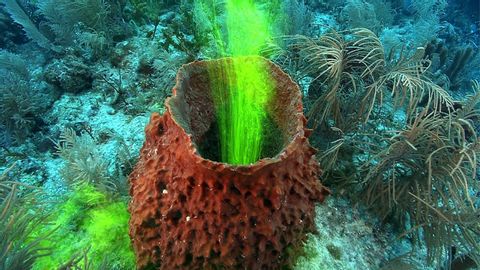
Subtitles & vocabulary
Jonathan Bird's Blue World: Sponges!
00
張凱堯 posted on 2016/04/26Save
Video vocabulary
call
US /kɔl/
・
UK /kɔ:l/
- Noun
- A order or request for action
- The sound an animal makes, often when in danger
- Verb (Transitive/Intransitive)
- To make a request or order for action
- To visit a place or person for a short time
A1
More water
US /ˈwɔtɚ, ˈwɑtɚ/
・
UK /'wɔ:tə(r)/
- Uncountable Noun
- Clear liquid that forms the seas, rivers and rain
- Large area such as an ocean or sea
- Intransitive Verb
- (Of the eyes) to produce tears
- (Mouth) to become wet at the thought of nice food
A1
More observe
US /əbˈzɜ:rv/
・
UK /əbˈzɜ:v/
- Verb (Transitive/Intransitive)
- To celebrate a particular holiday/religious event
- To obey or follow laws, rules, or customs
A2TOEIC
More Use Energy
Unlock All Vocabulary
Unlock pronunciation, explanations, and filters
